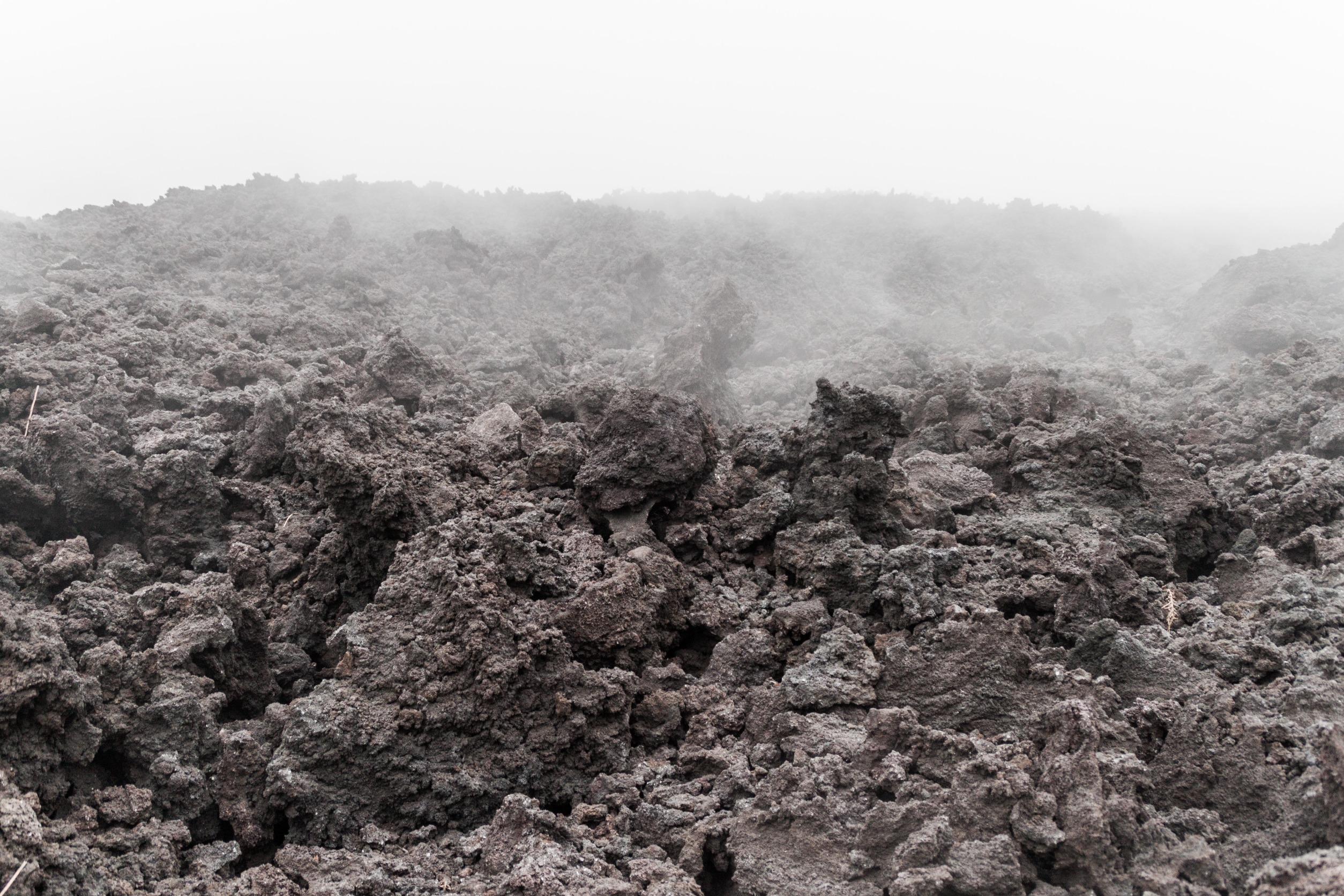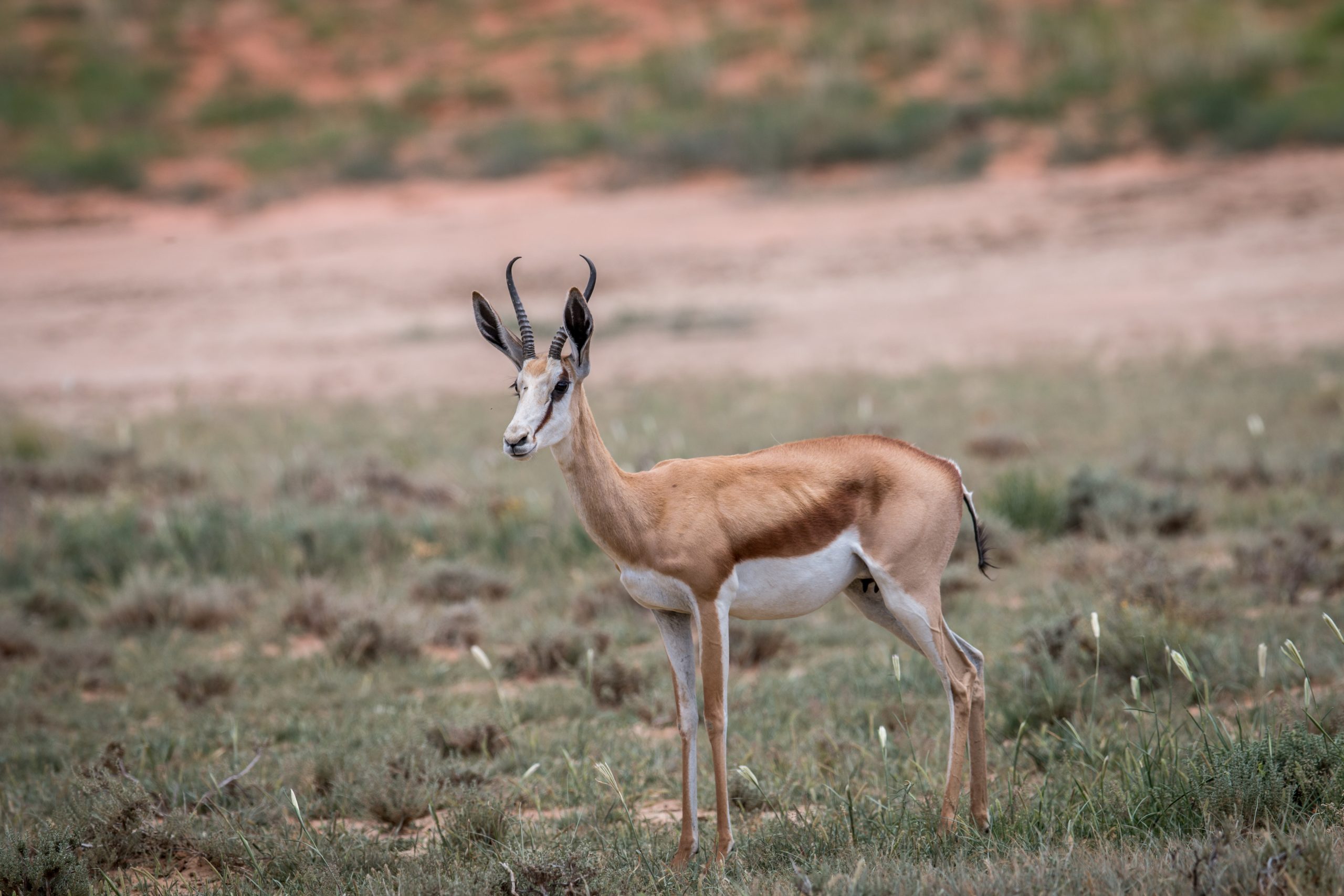How scientists decide to name new animal species they discover doesn’t follow a prescribed set of rules. Some aim to go for a humorous approach like the flatworm Ramisyllis kingghidorahi which was named after Godzilla’s enemy, King Ghidorah. Some name the novel creature after a human, like the rain-frog Pristimantis gretathunbergae, named after climate activist Greta Thunberg. This time scientists decide to name a worm in honor of the ones we have lost in the pandemic, Humbertium covidum.
“The specific name covidum was chosen as homage to the numerous casualties worldwide of the COVID-19 pandemic,” stated the team in their paper. “Furthermore, a large part of this study was written during the lockdowns.”
What do these weird worms look like?
These little creatures are quite a sight! H. covidum is built with a distinct hammer-shaped head and is metallic and black in color. This outer appearance is rare in this family of flatworms, with these creatures normally being covered in ornamentation.
What also makes these worms interesting is the fact they can reproduce both sexually (with a partner) and asexually (on their own).
Where does it come from?
The worm was noticed in France and Italy, although scientists think they hitchhiked on plants to travel the globe, as they discuss in the paper published in Peer J.
“H. covidum is probably a species originating from Asia and is an alien species in Europe. Whether it will become an invasive species needs to be monitored in the future.” Knowing about the flatworm’s behavior, physiology, and role in the ecosystem, gives ecologists the best chance to prevent this from happening.
New species entering new ecosystems is a common occurrence around the world and has happened since life began on this planet. Although, human behavior makes this happens a lot more. Check out this article about an interesting case of foreign species invasion in Tahiti and the mystery surrounding it.
Source study: Peer J – Hammerhead flatworms (Platyhelminthes, Geoplanidae, Bipaliinae): mitochondrial genomes and description of two new species from France, Italy, and Mayotte












